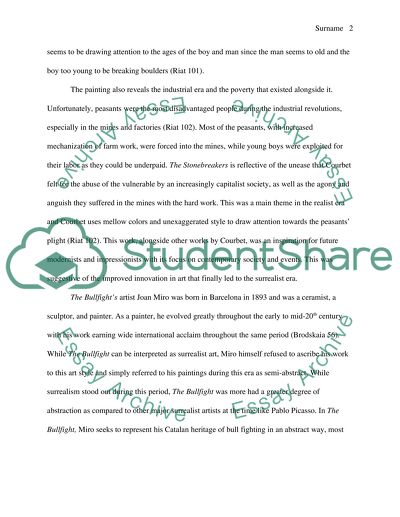Cite this document
(“Dimensions in Art Essay Example | Topics and Well Written Essays - 1750 words”, n.d.)
Dimensions in Art Essay Example | Topics and Well Written Essays - 1750 words. Retrieved from https://studentshare.org/visual-arts-film-studies/1496173-dimensions-in-art
Dimensions in Art Essay Example | Topics and Well Written Essays - 1750 words. Retrieved from https://studentshare.org/visual-arts-film-studies/1496173-dimensions-in-art
(Dimensions in Art Essay Example | Topics and Well Written Essays - 1750 Words)
Dimensions in Art Essay Example | Topics and Well Written Essays - 1750 Words. https://studentshare.org/visual-arts-film-studies/1496173-dimensions-in-art.
Dimensions in Art Essay Example | Topics and Well Written Essays - 1750 Words. https://studentshare.org/visual-arts-film-studies/1496173-dimensions-in-art.
“Dimensions in Art Essay Example | Topics and Well Written Essays - 1750 Words”, n.d. https://studentshare.org/visual-arts-film-studies/1496173-dimensions-in-art.


